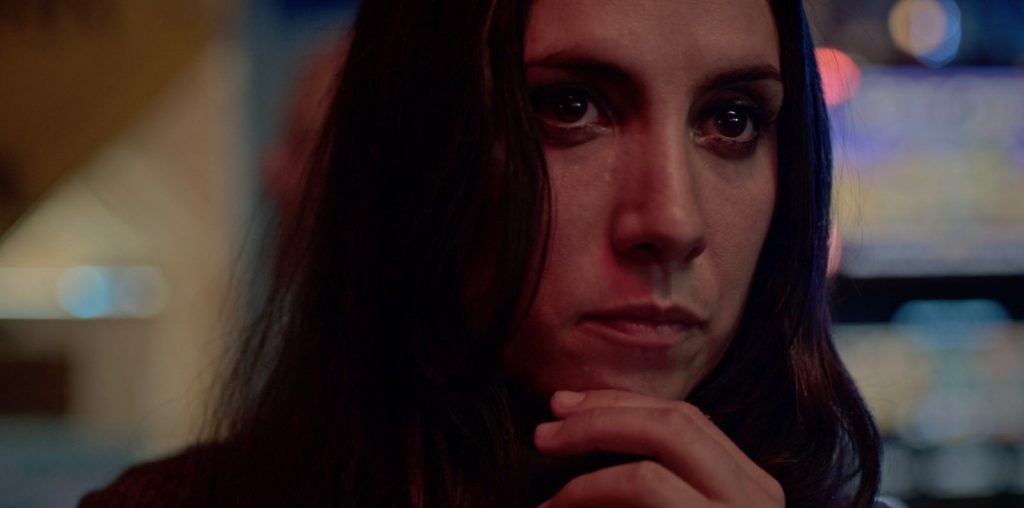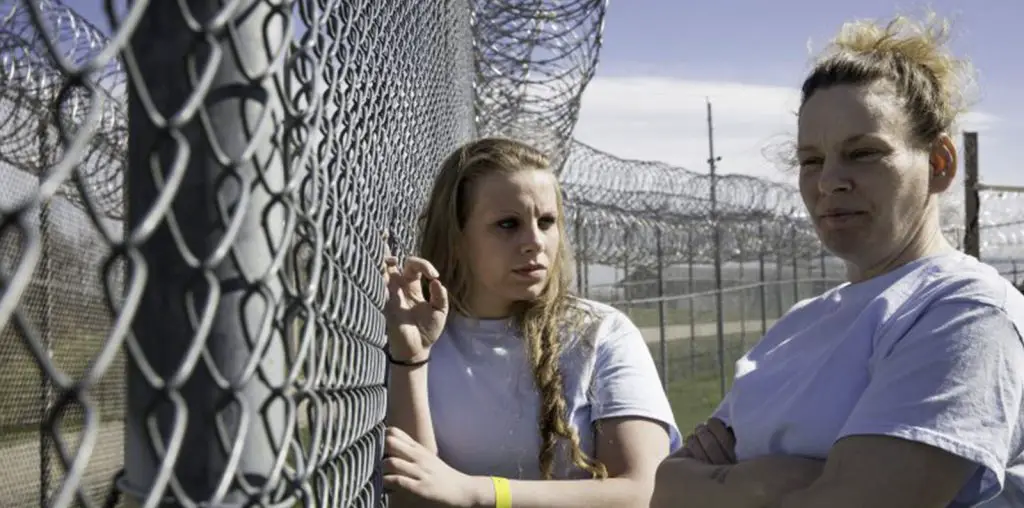
The best moment in “Bush’s Brain” comes in the film’s first five minutes. Here we see George W. Bush, the former failed oilman, losing congressional candidate, owner of one of baseballs’ most pathetic franchises, and often ridiculed governor, stepping off of Air Force One to greet the troops as President of the United States and Commander in Chief. How, the film asks, did this happen?
How, indeed? It’s a question that this scathing portrait of W’s ominously influential and darkly powerful senior political adviser Karl Rove answers completely and effectively. For if our elected(?) president really does have a brain, it clearly resides in this scary man’s head.
Using the best-selling book of the same name by Wayne Slater and James Moore as its starting point — indeed, two of the film’s main interview subjects are the two authors themselves — “Bush’s Brain” explores the remarkable rise of this shrewd political hack from his days as an overeager young college Republican through his rise in Texas politics and on to the West Wing office once occupied by Hillary Rodham Clinton. It’s a journey that’s left an impressive trail littered with the carcasses of many former foes’ ruined careers rotting in the hot Texas sun.
Directors Michael Paradies Shoob and Joseph Mealey chronicle Rove’s laundry list of dirty tricks in this film: from his suspected planting of a bug in the office of his own flailing candidates’ office one week before a crucial debate, which turned the tide of the 1986 Texas gubernatorial election, to the orchestration of despicable character attack ads against former war hero and Georgia Sen. Max Cleland; from the relentless prosecution of two Texas Department of Agriculture undersecretaries, a crusade designed to destroy the career of Texas’ popular progressive politician Jim Hightower that ultimately landed Rick Perry in the Governor’s Mansion, to the launching of unsavory “whisper campaigns” against Sen. John McCain when it looked as if the surging Vietnam war hero might derail Rove’s drive to get his preppy pal W. ensconced in the Oval Office; the list goes on and on.
“Bush’s Brain” makes its circumstantial, if convincing case, by drawing on a number of sources who have covered Texas politics for decades, such as University of Texas political professor Bruce Buchanan, popular columnist and author Molly Ivins, and a number of other political journalists from around the state. The most compelling arguments, however, come from those vanquished victims from both sides of the aisle who got in Rove’s way. Here we see in action how for Rove, who declined an invitation to appear in the film, the ends always justify the means.
The film tends to meander off on tangents from time to time, designed, one would suppose, to put human faces on the debris left in Rove’s wake. The most egregious and needlessly manipulative segment is a maudlin look at the family of a soldier killed in the Irag war. It’s precisely the sort of heavy-handed cheap shot Rove himself might employ, except that he would do it more effectively and leave fewer fingerprints behind.
To be sure, “Bush’s Brain” is full of enough legitimate red meat to incense salivating Democrats who can’t wait to tear into a pound of Bush’s flesh in November. Yet, this film should truly frighten partisans on both sides of the aisle. For as the film points out, no one elected Karl Rove to anything, and if he really does wield the kind of power and influence most honest people of both political persuasions think that he does, how can that possibly be good for our democratic system? Republicans should remember that what’s good for the goose, might be good for the gander one day. That’s a philosophy Karl Rove takes to heart.

